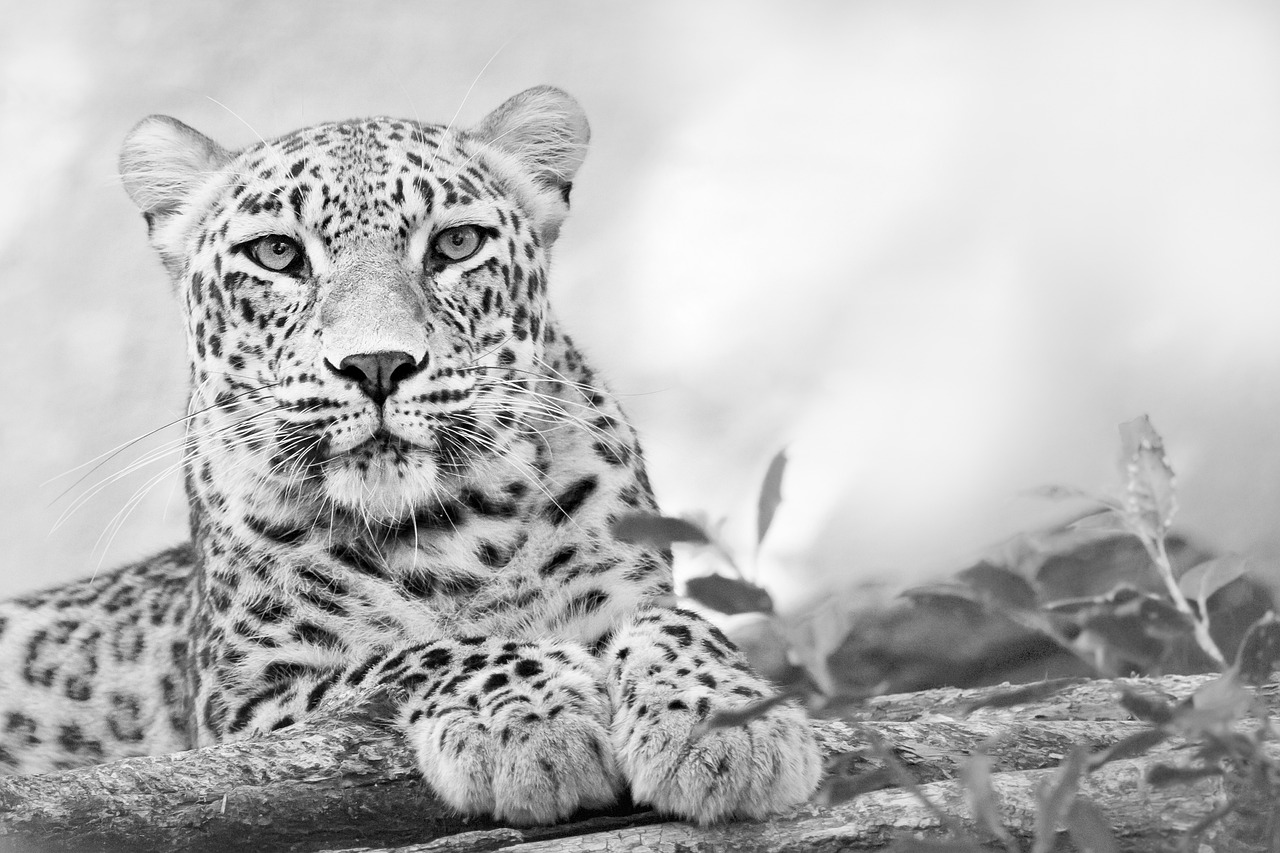Leopards, one of the most majestic and elusive big cats, are facing rapid decline in their populations. These magnificent creatures, known for their speed, agility, and beautiful spotted coats, are being threatened by various factors such as poaching, habitat loss, and human-wildlife conflict. It is estimated that there are less than 7,000 leopards remaining in the wild, and urgent action is needed to ensure their survival.
Leopards play a crucial role in maintaining a healthy ecosystem. As apex predators, they help regulate the prey population, which in turn, balances the food web. They also prevent overgrazing in certain areas, which helps maintain the health of grasslands and forests. In addition, leopards are an important indicator species, meaning that their decline can be a warning sign of larger ecological issues.
But the threats facing leopards are not just environmental, they also include human activities. Poaching for the illegal trade of leopard skin and body parts, as well as trophy hunting, has greatly contributed to their decline. Habitat loss due to human development also poses a major threat, as leopards require large territories to survive. Human-wildlife conflict is another significant issue, as leopards may prey on livestock, leading to retaliation from farmers and ranchers.
To tackle

 April 30, 2024
April 30, 2024